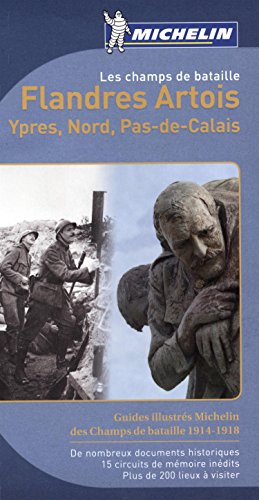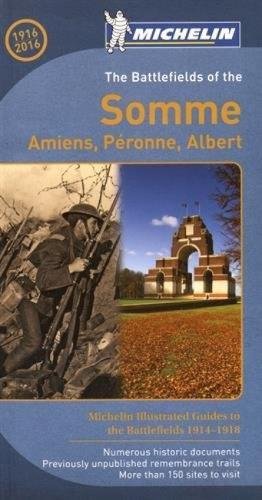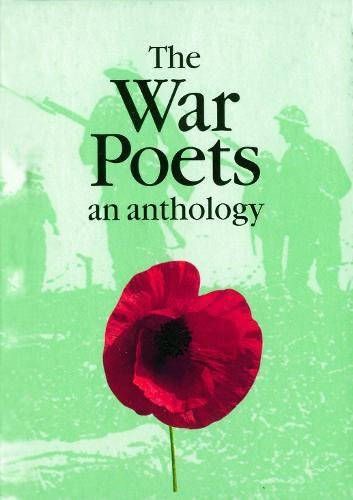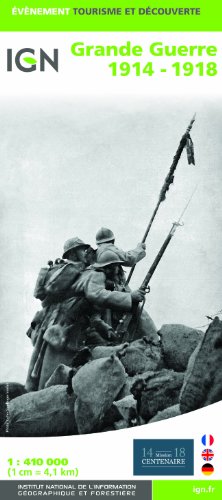It’s Armistice Day and in the UK the airwaves are filled with commemorative programmes. It’s important to remember World War I, and on Five Books we recommend many books and even films and documentaries that are useful for doing that. But actually visiting the battlefields and cemeteries in Flanders and France is one of the most moving experiences you can have, bringing home the full scale of what happened a century ago. Many tours of the battlefields and cemeteries are advertised if you look online, but it’s harder to figure out how to do a tour if you prefer to organize stuff on your own. Belowm a list of the books that I found helpful.
1
A lot of the trench warfare of World War I took place in northern France and Belgium, a very flat landscape which makes it ideal for bicycling. It really is a wonderful way to go from site to site and this was the best book I was able to find to plan routes around the battlefields, museums, monuments and cemeteries. It has a total of 11 different routes, from near the Belgian coast down to the Somme. (Apologies if you don't read French).
2
As my Michelin guide says in its opening paragraphs, "In 1917— with the guns still thundering and the outcome of the war uncertain—Andre Michelin...decided to launch the Illustrated Guides to the Battlefields Collection." So I guess Michelin have been doing this a while. This guide for planning your trip is more modern. It looks at World War I-related sites to visit in Flanders and down to Arras and Cambrai in France. It suggests a variety of tours you can go on (depending on the number of days you have available) and gives stars to help you decide what to see (some are 'don't miss'). A highlight for us was the 'Carriere Wellington' near Arras, this amazing network of tunnels dug out by New Zealanders in order to carry out a surprise attack. The impact of Ypres/Ieper ('Wipers') and the battle of Passchendaele on the British psyche was so great that we also bicycled to museums and trenches around there. Tyne Cot cemetery is the largest.
3
At the battle of the Somme, the Brits lost more than 57,000 men in the first day alone. Like the Michelin guide for Flanders, this book suggests tours depending on whether you want to stay 2 days or 5 days and allocates up to 3 stars for various sites to help you plan your route. We were particularly taken with the Lochnagar Cratar, near the village of La Boisselle, where two mines were detonated under German lines.
4
There are many moving things to read on signs and explanations as you move around the museums, cemeteries and what remains of the trenches of World War I. A lot of it has been very well done and organized. But the experience also depends on your own reflection on what has happened. For that reason I recommend taking along this little book of war poetry. There are always lots of visitors at Tyne Cot cemetery because it is so big, so if you prefer a more solitary experience, almost wherever you go along the roads in this area there are cemeteries. Stop off at one and you can often find yourself alone looking at rows upon rows of white crosses. This is a good time to read poetry.
5
Finally, here's a map to get an overall sense of where the trenches were when the armies first dug in, and how the front line moved over the course of the war until the Armistice. Again, it's in French, so they'll call it "Recul allemand 1917" rather than the Hindenburg line, but it's a very clear way of seeing how (little) the armies moved over the course of the war.

1
A lot of the trench warfare of World War I took place in northern France and Belgium, a very flat landscape which makes it ideal for bicycling. It really is a wonderful way to go from site to site and this was the best book I was able to find to plan routes around the battlefields, museums, monuments and cemeteries. It has a total of 11 different routes, from near the Belgian coast down to the Somme. (Apologies if you don't read French).

2
As my Michelin guide says in its opening paragraphs, "In 1917— with the guns still thundering and the outcome of the war uncertain—Andre Michelin...decided to launch the Illustrated Guides to the Battlefields Collection." So I guess Michelin have been doing this a while. This guide for planning your trip is more modern. It looks at World War I-related sites to visit in Flanders and down to Arras and Cambrai in France. It suggests a variety of tours you can go on (depending on the number of days you have available) and gives stars to help you decide what to see (some are 'don't miss'). A highlight for us was the 'Carriere Wellington' near Arras, this amazing network of tunnels dug out by New Zealanders in order to carry out a surprise attack. The impact of Ypres/Ieper ('Wipers') and the battle of Passchendaele on the British psyche was so great that we also bicycled to museums and trenches around there. Tyne Cot cemetery is the largest.

3
At the battle of the Somme, the Brits lost more than 57,000 men in the first day alone. Like the Michelin guide for Flanders, this book suggests tours depending on whether you want to stay 2 days or 5 days and allocates up to 3 stars for various sites to help you plan your route. We were particularly taken with the Lochnagar Cratar, near the village of La Boisselle, where two mines were detonated under German lines.

4
There are many moving things to read on signs and explanations as you move around the museums, cemeteries and what remains of the trenches of World War I. A lot of it has been very well done and organized. But the experience also depends on your own reflection on what has happened. For that reason I recommend taking along this little book of war poetry. There are always lots of visitors at Tyne Cot cemetery because it is so big, so if you prefer a more solitary experience, almost wherever you go along the roads in this area there are cemeteries. Stop off at one and you can often find yourself alone looking at rows upon rows of white crosses. This is a good time to read poetry.

5
Finally, here's a map to get an overall sense of where the trenches were when the armies first dug in, and how the front line moved over the course of the war until the Armistice. Again, it's in French, so they'll call it "Recul allemand 1917" rather than the Hindenburg line, but it's a very clear way of seeing how (little) the armies moved over the course of the war.
© Five Books 2024